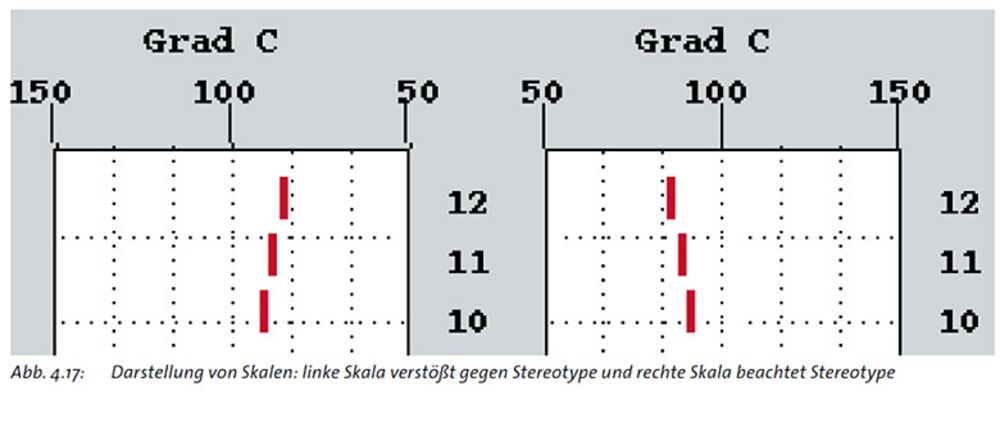Interaction Interface Design Requirements
Designing the interaction interface is to be done appropriate for the tasks; i.e. to interface human operators for task interactions with technical system components while taking into account human performance capabilities and limitations. Principles of human information processing (perception, decision-making, action implementation) are transformed into design requirements (e.g. feedback, compatibility, function). The design of human-system interaction interfaces according to requirements facilitates operator interactions to perform assigned tasks safely and efficiently.
Please select among the following interaction interface design requirements to get more information:
- Conformity with User Expectations
- Suitability for Individualisation
- Error Tolerance
- Suitability for the Task
- Controllability
- Suitability for Learning
- Self-Descriptiveness
References
- EN 894-1 (ISO 9355-1): Safety of machinery – Ergonomics requirements for the design of displays and control actuators – Part 1: General principles for human interactions with displays and control actuators. CEN, Brussels (2010)
- Kantowitz, B.H., Sorkin, R.D. (1983). Human factors: Understanding people-system relationships. Wiley, New York.
- Wickens, C.D., Hollands, J.G., Banbury, S., Parasuraman, R. (2013). Engineering Psychology and Human Performance. Pearson, Upper Saddle River.
Interaction Interface Design Requirements – Conformity with User Expectations
Among the interaction interface design requirements "Conformity with User Expectations" is important to allow the operator to perform his/her task.
Adapt interface design to culture and stereotypes of the country of machinery use; i.e. right turn of dial increases volume and of tap increases closure of water flow, and left to right reading in e.g. Europe.
Interactions conform to user expectations if they correspond to predictable contextual needs of the user and to commonly accepted conventions.
Figure indicates same measures on distillation temperature displays, however, only level increase to right conforms expectations.
References
- EN 894-1 (ISO 9355-1): Safety of machinery – Ergonomics requirements for the design of displays and control actuators – Part 1: General principles for human interactions with displays and control actuators. CEN, Brussels (2010)
- Kantowitz, B.H., Sorkin, R.D. (1983). Human factors: Understanding people-system relationships. Wiley, New York.
- Wickens, C.D., Hollands, J.G., Banbury, S., Parasuraman, R. (2013). Engineering Psychology and Human Performance. Pearson, Upper Saddle River.


